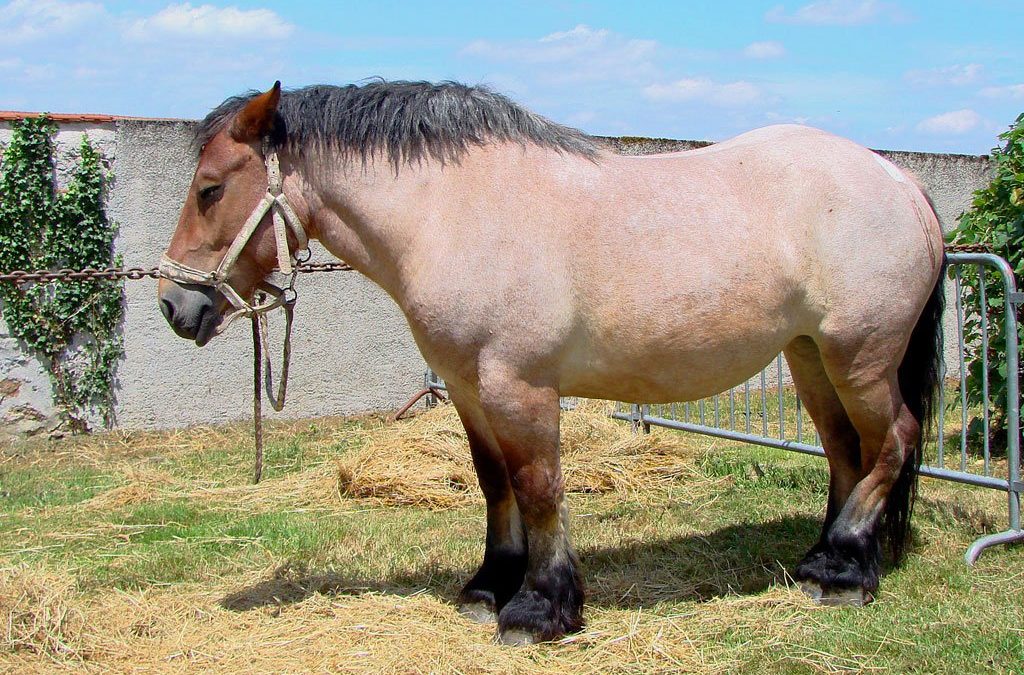Feeding and Managing the Overweight Equine – Being Proactive
Feeding and Managing the Overweight Equine is a two-part blog post. Today’s post discusses how to properly feed and manage the overweight equine. For the first part of this series, please click here.
Equine obesity comes with its fair share of complications, just as it does in humans. As discussed last time, organ failure, intolerance to exercise, laminitis, and predisposition to certain conditions are all unfortunate consequences of being an overweight horse. Insulin resistance, the body’s inability to store starch and sugar properly in the body, is also a very common side effect with overweight horses, which must then be treated for the entirety of the horse’s life.
So what can we do to prevent horses from becoming overweight and insulin resistant?
- Exercise
-
- Insulin resistance is reduced by exercise and any amount or increase will be useful.
- Evaluate your forage/pastures
-
- Be more conscious of the forages and pastures being fed to your horses. If you have a horse you suspect is or could become insulin resistant, select forages that have been analyzed and are known to contain low levels of sugars, fructans, and starches. Contrary to popular belief, grass forages generally are higher in sugars, starches and fructans than legumes such as alfalfa.
-
- Look for forage with lower calorie levels. This type of forage is actually better for the insulin resistant horse because they can eat more of it without gaining too much weight
-
- Remember that the forage is the basis of the diet. Nutrients such as protein, vitamins and minerals can always be added as a supplement.
- Watch grazing times
-
- Don’t let horses graze unrestricted on pasture, especially during bright sunlight when the plants are photosynthesizing (plants use the sugar for energy while trying to grow). Limit grazing time to overnight or use a grazing muzzle or a dry lot.
- Low sugar and starch concentrates and supplements
-
- Horses that are insulin resistant or insulin resistant prone must be fed low sugar and starch concentrates and supplements. While many new products contain more fiber and fat as their main source of energy, it is important to remember that products selected for the insulin resistant horse should contain as little fat as possible. Insulin resistant horses already have impaired fat metabolism due to high levels of insulin (they secrete insulin suppresses fat metabolism and supports fat deposition). Many insulin resistant horses will begin to have heat in the hooves if they are fed rations that contain added levels of fat (signals beginning stages of laminitis), so stick to a product that supplies protein, vitamins and minerals with high levels of fiber and lower fat.
While this may seem like a lot of steps, careful management and product selection will help bring your horse back to a healthy weight and help horses who are already insulin resistant to live long health lives. Just remember:
- Less starch, sugar, calories, and fat
- Supplement for protein, vitamins, and minerals as needed
- Increase exercise
This blog post was originally posted on Wednesday, August 17th, 2011 at Equine Nutrition and Health Services Blog. Blog article was re-posted with permission from blog owner, all rights reserved.
photo credit: Vassil

